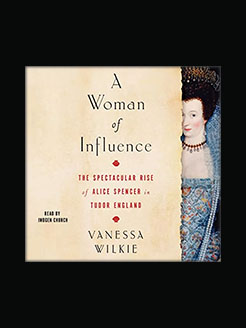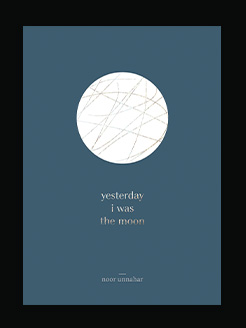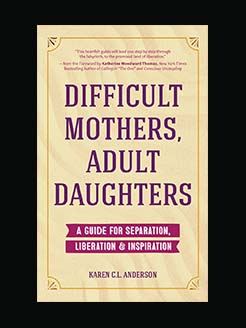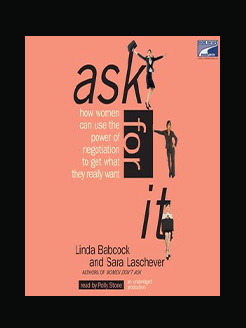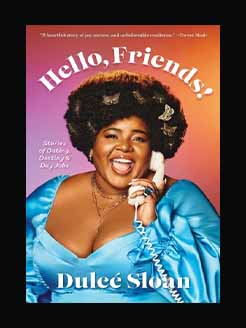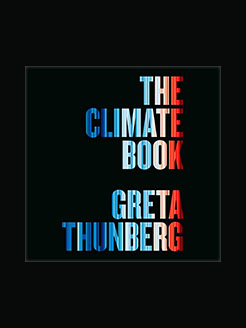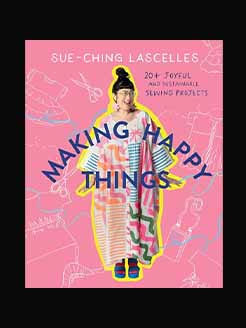Published in 1976
368 pages
Ann Birgitta Sutherland Harris is a British-American art historian specializing in Baroque art, Modern art, and in the history of women’s art. She is an educator, having held her first position as Assistant Professor of Art History at Hunter College, City University of New York (1971–1973). Harris was then hired as Associate Professor at the State University of New York, Albany. Following that she held the Arthur Kittridge Watson Chair for Academic Affairs at the Metropolitan Museum of Art from 1977–1981. Harris received a Senior Research Fellowship in 1981-82 from the National Endowment for the Humanities and in 1982, was named the Amon Carter Distinguished visiting Professor of Art History at the University of Texas at Arlington before accepting the position of Mellon Professor of Art History at the University of Pittsburgh. She is now Professor emerita of Italian Baroque art at that institution. The American art collector Wilhelmina Cole Holladay sought advice regarding placement of her private collection of works by women artists, it was Harris who suggested Holladay found the National Museum of Women in the Arts.
Linda Nochlin was an American art historian and writer. A prominent feminist art historian, she became well known for her pioneering 1971 article “Why Have There Been No Great Women Artists?”.
In 1971, ArtNews published Nochlin’s essay “Why Have There Been No Great Women Artists?” in which she explored assumptions embedded in the title’s question. She considered the very nature of art along with the reasons why the notion of artistic genius has been reserved for male geniuses such as Michelangelo. Nochlin argued that significant societal barriers have prevented women from pursuing art, including restrictions on educating women in art academies and “the entire romantic, elitist, individual-glorifying, and monograph-producing substructure upon which the profession of art history is based “. The thirty-year anniversary of Nochlin’s ground-breaking inquiry informed a conference at Princeton University in 2001. The book associated with the conference, “Women artists at the Millennium”, includes Nochlin’s essay “”Why Have There Been No Great Women Artists?” Thirty Years After”. In the conference and in the book, art historians addressed the innovative work of such figures as Louise Bourgeois, Eva Hesse, Francesca Woodman, Carrie Mae Weems and Mona Hatoum in the light of the legacies of thirty years of feminist art history.
In her 1994 essay “Starting from Scratch: The Beginnings of Feminist Art History,” Nochlin reflected on her awakening as a feminist and its impact on her scholarship and teaching: “In 1969, three major events occurred in my life: I had a baby, I became a feminist, and I organized the first class in Women and Art at Vassar College.” Nochlin deconstructed art history by identifying and questioning methodological presuppositions. She was an advocate for “art historians who investigate the work before their eyes while focusing on its subject matter, informed by a sensitivity to its feminist spirit.”
What is this book about?
Reproductions of two hundred paintings and sculptures by sixty-five women are accompanied by commentaries on each artist’s life and on each work (specifically European and American artists active from 1550 to 1950)
Ann S. Harris and the feminist art historian Linda Nochlin co-curated the exhibition, Women Artists: 1550-1950 at the Los Angeles County Museum of Art in 1976. This is the book written by Harris and Nochlin that accompanied the exhibition, in which Harris proposed that art produced by women from the time of the Middle Ages to the French Revolution was infrequently written about or collected. She argues that an aspect of bias was that women did not have access to the same academic training as men, thus causing their dismissal as “dilettantes”.
Helpful review on Amazon from sura:
“It was published in 1977 so that some of the info might be dated. It is a catalogue for a show at the Los Angeles County Museum of Art about women artists through the ages. It is a thick book with many reproductions. I like that it gives one an historical background about women artists in Europe and why there was not more of them that are well known. I also has many colored reproductions of women artists I knew and many I didn’t know yet, plus their bio.”
